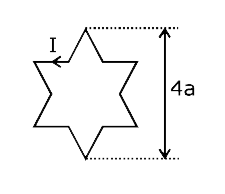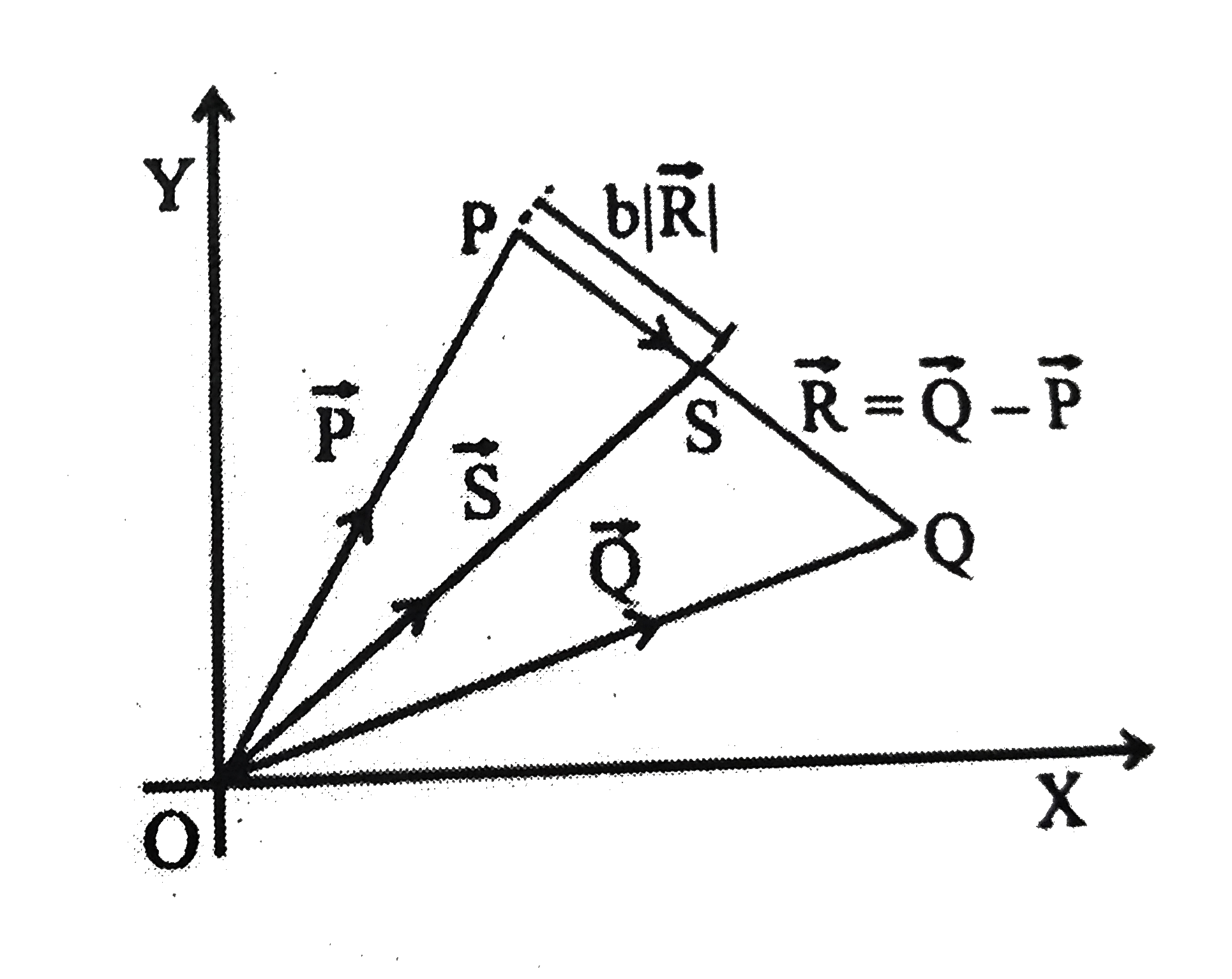PART I : PHYSICS (SECTION 1) from JEE ADVANCED PREVIOUS YEAR Chapter 2 JEE ADVANCED for Class 12
| Class 12 | PHYSICS |
| Chapter | JEE ADVANCED |
| JEE ADVANCED PREVIOUS YEAR | PART I : PHYSICS (SECTION 1) |
| Medium | English |
| Academic Year | 2023-2024 |
Question 1
The electrostatic energy of Z protons uniformly distributed throughout a spherical nucleus of radius R is given by
E=3Z(Z−1)e25(4πe0R)
The measured masses of the neutron _(1)1H,157Nand,168Oare1.008665u,1.007825u,15.000109uand15.003065u, respectively Given that the ratio of both the _(7)12N and _(8)15O nucleus are same , 1 u = = 931.5 Me Vc2 (c is the speed of light ) and e2/(4πe0)=1.44MeV fm Assuming that the difference between the binding energies of _715Nand_(8)^(15) O is purely due to the electric energy , The radius of the nucleus of the nuclei is View SolutionQuestion 2
As accident in a nuclear laboratory resulting in deposition of a certain amount of radioactive material of half life 18days inside the laboratory Tests revealed that the radiation was 64 times more than the permissible level required for save operation of the laboratory what is the minimum number of days after which the laboratory can be considered safe for use?View SolutionQuestion 3
A gas is enclosed in a cylinder with a movable frictionless piston. Its initial thermodynamic state at pressure Pi=105 Pa and volume Vi=10−3m3 changes to a final state at Pf=(1/32)×105PaandVf=8×10−3m3 in an adiabatic quasi-static process, such that P3V3=constant. Consider another thermodynamic process that brings the system form the same initial state to the same final state in two steps: an isobaric expansion at Pi followed by an isochoric (isovolumetric ) process at volume Vr. The amount of heat supplied to the system i the two-step process is approximatelyView SolutionQuestion 4
The ends Q and R of two thin wires, PQ and RS, are soldered (joined) together. Initially each of the of wire has a length of 1m at 10∘C. Now the end P is maintained at 10∘C, while the ends S is heated and maintained at 400∘C. The system is thermally insultated from its surroundings. If the thermal conductivity of wire PQ is twice that of the wire RS and the coefficient of linear thermal expansion of PQ is 1.2×10−5K−1, the change in length of the wire PQ is View SolutionQuestion 5
A small object is placed 50 cm to the left of a thin convex lens of focal length 30 cm. A convex spherical mirror of radius of curvature 100 cm is placed to the right of the lens at a distance of 50 cm. The mirror is tilted such that the axis of the mirror is at an angle θ=30degree to the axis of the lens, as shown in the figure
If the origin of the coordinate system is taken to be at the centre of the lens, the coordinates (in cm) of the point (x,y) at which the image is formed are
 View Solution
View SolutionQuestion 6
There are two Vernier calipers both of which have 1cm divided into 10 equal divisions on the main scale. The vernier scale of the calipers (c1) has 10 equal divisions that correspond to 9 main scale divisions. The Vernier scale of the other calipers (C2) has 10 equal divisions tgat correspond to 11 main scale divisions. the reading of the two calipers are shown in the figure. the measured values (in cm) by calipers C1andC2 respectively, are
 View Solution
View SolutionQuestion 7
Consider an expanding sphere of instantaneous radius ? whose total mass remains constant. The expansion is such that the instantaneous density ρ remains uniform throughout the volume. The rate of fractional change in density (dpρdp) is constant. The velocity v of any point on the surface of the expanding sphere is proportional to View SolutionQuestion 8
Consider regular polygons with number of sides n = 3, 4, 5 ...... as shown in the figure, The center of mass of all the polygons is at height h from the ground. They roll on a horizontal surface about the leading vertex without slipping and sliding as depicted,. The maximum increase in height of the locus of the center of mass for each polygton is Δ. Then Δ depends on n and h as
 View Solution
View SolutionQuestion 9
A photoelectric material having work-function ϕ0 is illuminated with light of wavelength λ(λ<hc40). The fastest photoelectron has a de Broglie wavelength λd. A change in wavelength of the incident light by Δλ results in a change Δλd in λd. Then the ration Δλd/Δλ is proportional to View SolutionQuestion 12
A rocket is launched normal to the surface of the earth, away from the sun, along the line joining the sun and the earth. The sun is 3×105 times heavier than the earth and is at a distance 2.5×104 times larger than the radius of the earth. the escape velocity from earth's gravitational field is ue=11.2kms−1. The minmum initial velocity (ue)=11.2kms−1. the minimum initial velocity (us) required for the rocket to be able to leave the sun-earth system is closest to (Ignore the rotation of the earth and the presence of any other planetView SolutionQuestion 13
A person measures the depth of a well by measuring the time interval between dropping a stone and receiving the sound of impact with the bottom of the well. The error in his measurement of time is δT=0.01 seconds and he measures the depth of the well to be L=20 meters. Take the acceleration due to gravity g=10ms−2 and the velocity of sound is 300ms−1. Then the fractional error in the measurement, δL/L,is closest to View Solution
All Exercises from JEE ADVANCED PREVIOUS YEAR Class 12 PHYSICS JEE ADVANCED
- MULTIPLE CHOICE QUESTIONS
- PART I : PHYSICS (SECTION -1)
- PART I : PHYSICS (SECTION -2)
- PART I : PHYSICS (SECTION -3)
- PART I : PHYSICS (SECTION 1)
- PART I : PHYSICS (SECTION 3)
- PART I: PHYSICS SECTION-2: (Paragraph Type)
- PART I: PHYSICS SECTION-3: (Paragraph Type)
- PART I: PHYSICS Section-3:(Matching List Type)
- PART I: PHYSICS (SECTION-1) (One or more options correct Type)
- PART-1 PHYSICS (SECTION 1 )
- PART-1 PHYSICS (SECTION 2 )
- PART-1 PHYSICS (SECTION 3 )
- PHYSICS
- PHYSICS SECTION - I : Single correct Answer Type
- PHYSICS SECTION - II : Multiple correct Answer Type
- PHYSICS SECTION - III Integer Answer Type
- PHYSICS SECTION - IV Matrix Match Type
- Part I : PHYSICS (Section 2)
- Part I : PHYSICS (Section 3)Paragraph 2
- SECTION - 1 (ONE OR MORE THAN ONE OPTIONS CORRECT TYPE)
- SECTION - 1 (ONLY ONE OPTION CORRRECT TYPE)
- SECTION -1
- SECTION -2
- SECTION -2 ( ONE INTEGER VALUES CORRECT TYPE)
- SECTION -2 COMPREHENSION TYPE
- SECTION -3 (MATCHING LIST TYPE)
- SECTION 1
- SECTION 2
- SECTION 3 PARAGRAPH 3
- SECTION-I (Single correct Choice Type )
- SECTION-I( Single Correct Choice Type )
- SECTION-II ( Multiple Correct Choice Type )
- SECTION-II (Multiple correct Choice Type )
- SECTION-III ( Comprehension Type )
- SECTION-III (Comprehension Type )
- SECTION-IV (Integer Answer Type )
- SECTION-IV( Matrix-Match Type )
- Section - I Single correct Answer Type
- Section - II (Multiple correct Answer Type)
- Section - III (Paragraph Type)
- Section - IV (Integer Answer Type)
- Section -(III) (Paragraph type)
- Section -IV (Integer type)
- Section -IV (matrix type)
- Section I : Single Correct Answer Type
- Section II : Paragraph Type
- Section III : Multiple Correct Answer(s) Type
- Section-1
- Section-2
- Section-I (single correct choice type)
- Section-II (Integer type)
- Section-II (Multiple correct choice type)
- Section-III (Paragraph)

